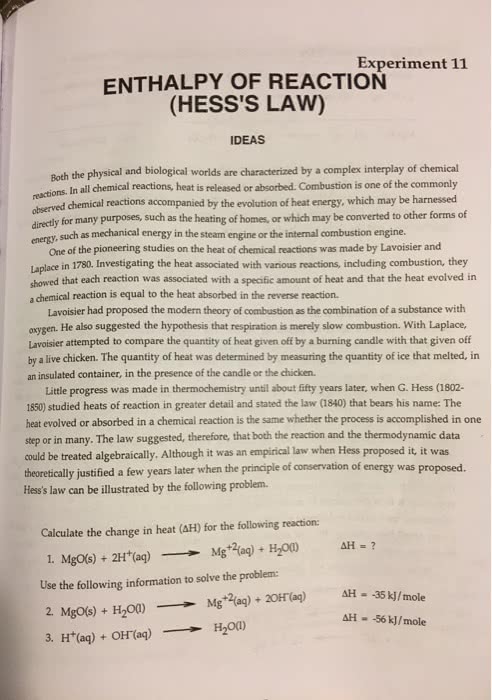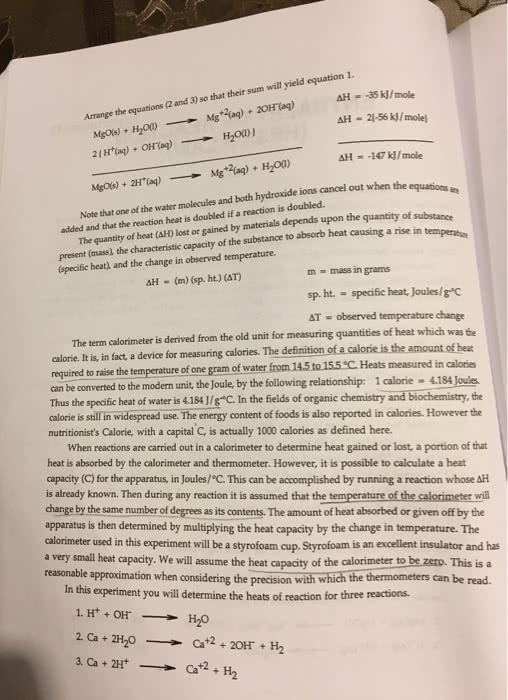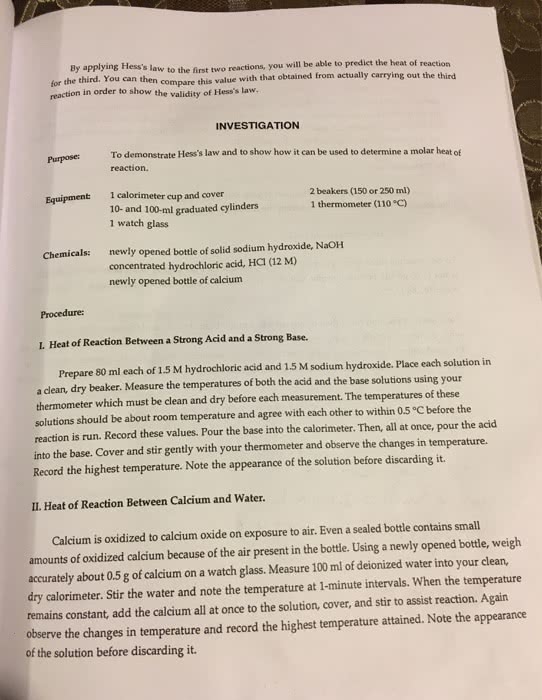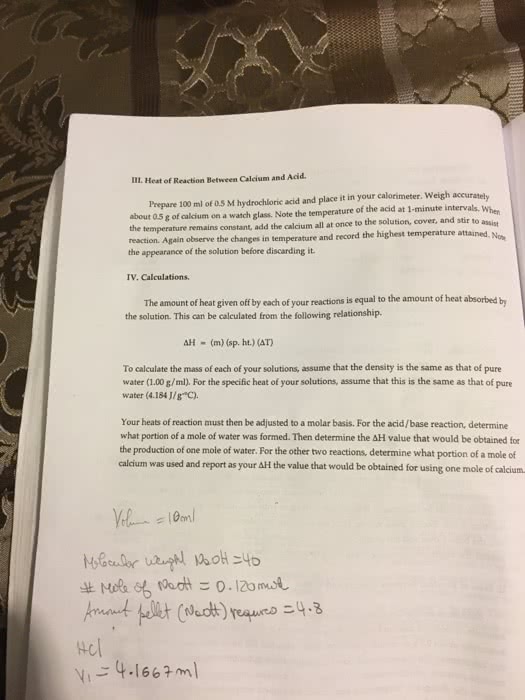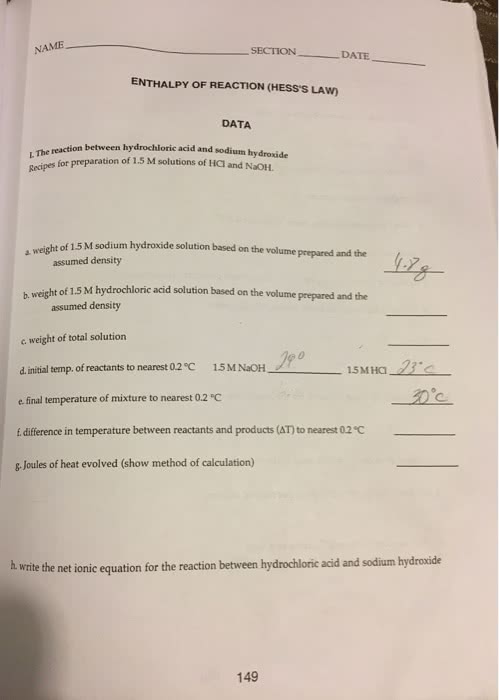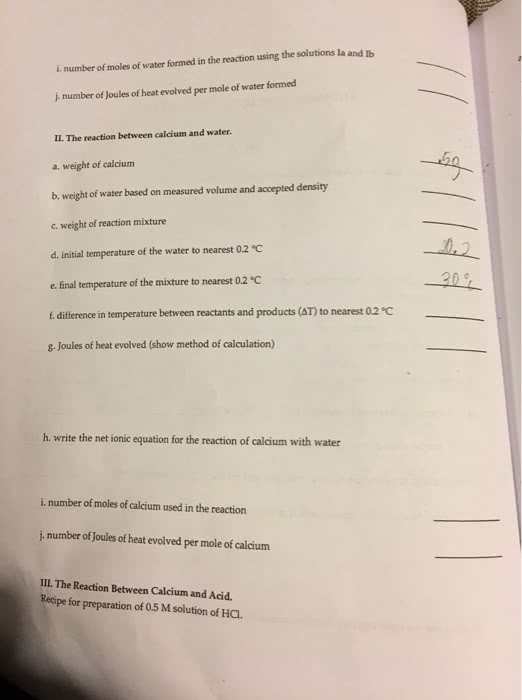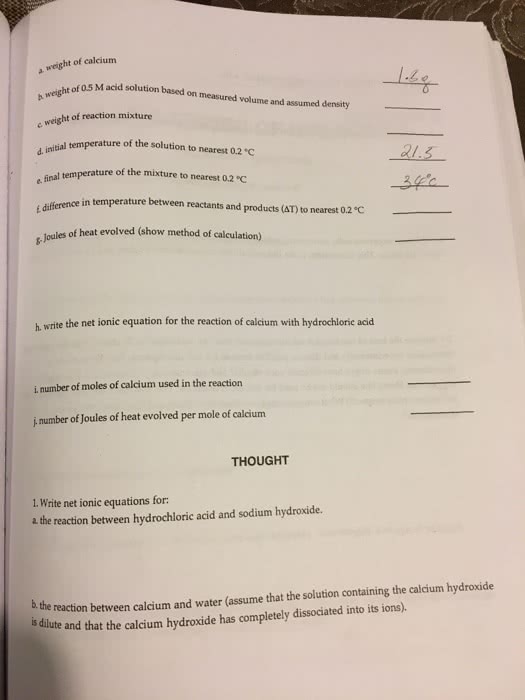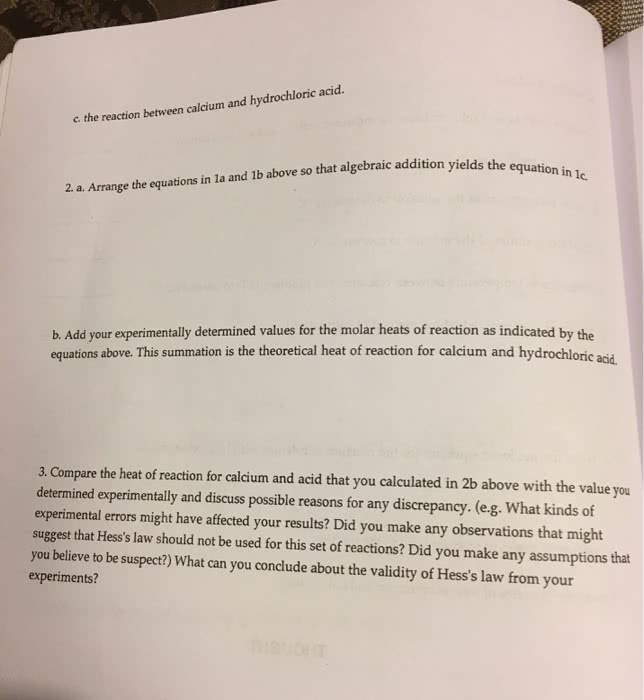About 86% of the world’s electrical energy is produced by using steam turbines, a form of heat engine. In his analysis of an ideal heat engine, Sadi Carnot concluded that the maximum possible efficiency is defined by the total work that could be done by the engine, divided by the quantity of heat available to do the work (for example, from hot steam produced
by combustion of a fuel such as coal or methane). This efficiency is given by the ratio (Thigh – Tlow)/Thigh, where Thigh is the temperature of the heat going into the engine and Tlow is that of the heat leaving the engine. (a) What is the maximum possible efficiency of a heat engine operating between an input temperature of 700 K and an exit temperature of 288 K? (b) Why is it important that electrical power plants be located near bodies of relatively cool water? (c) Under what conditions could a heat engine operate at or near 100% efficiency? (d) It is often said that if the energy of combustion of a fuel such as methane were captured in an electrical fuel cell instead of by burning the fuel in a heat engine, a greater fraction of the energy could be put to useful work. Make a qualitative drawing like that in Figure 5.10 (p. 175) that illustrates the fact that in principle the fuel cell route will produce more useful work than the heat engine route from combustion of methane

b) It is important because naturally cold water provides lower exit temperature, and lower is the exit temperature (Tmin) the more efficient is the steam engine.
c) If Tmin = 0 (an exit temperature is the absolute zero), the process would be 100% efficient. The closer is the exit temperature to 0 K, the more efficient is the process.
d)

About 86% of the world’s electrical energy is produced by using steam turbines, a form of heat engine. In his analysis of an ideal heat engine, Sadi Carnot concluded that the maximum possible efficiency is defined by the total work that could be done by the engine, divided by the quantity of heat available to do the work (for example, from hot steam produced
by combustion of a fuel such as coal or methane). This efficiency is given by the ratio (Thigh – Tlow)/Thigh, where Thigh is the temperature of the heat going into the engine and Tlow is that of the heat leaving the engine. (a) What is the maximum possible efficiency of a heat engine operating between an input temperature of 700 K and an exit temperature of 288 K? (b) Why is it important that electrical power plants be located near bodies of relatively cool water? (c) Under what conditions could a heat engine operate at or near 100% efficiency? (d) It is often said that if the energy of combustion of a fuel such as methane were captured in an electrical fuel cell instead of by burning the fuel in a heat engine, a greater fraction of the energy could be put to useful work. Make a qualitative drawing like that in Figure 5.10 (p. 175) that illustrates the fact that in principle the fuel cell route will produce more useful work than the heat engine route from combustion of methane
b) It is important because naturally cold water provides lower exit temperature, and lower is the exit temperature (Tmin) the more efficient is the steam engine.
c) If Tmin = 0 (an exit temperature is the absolute zero), the process would be 100% efficient. The closer is the exit temperature to 0 K, the more efficient is the process.
d)

